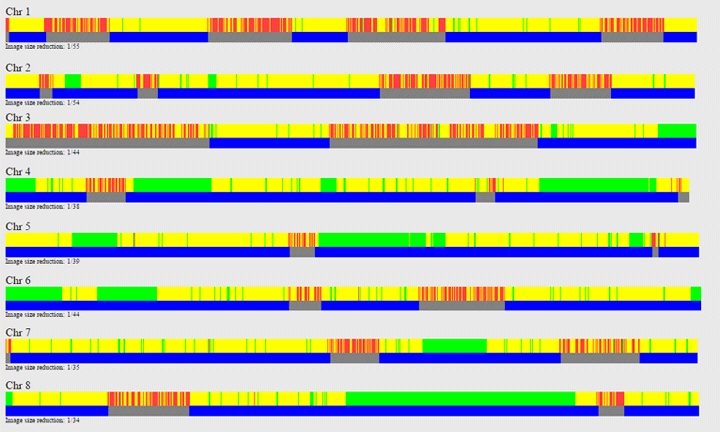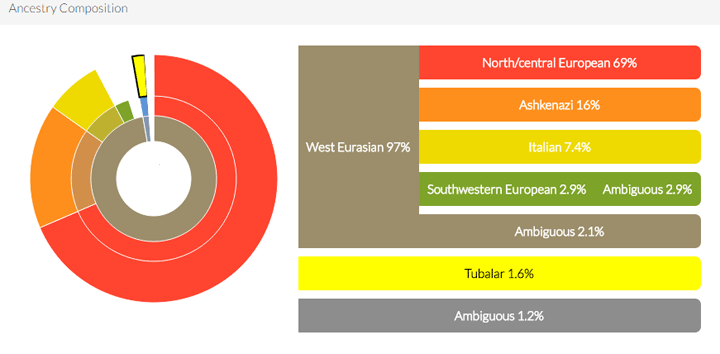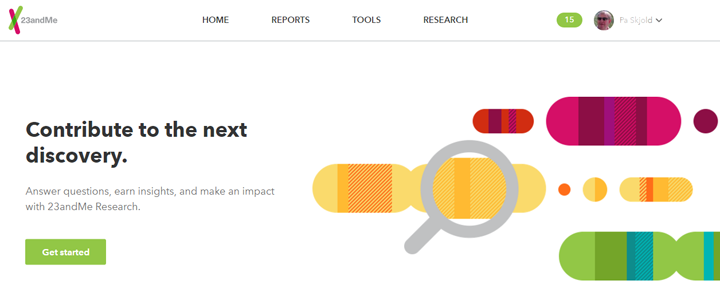The Southern California Genealogical Society puts on a wonderful genealogy conference every year in Burbank in early June. There are only a few days left to register so, unless you have done so already, head over to http://genealogyjamboree.com/2016/about.html by May 22.
 Thursday June 2 is DNA day and there are many terrific presenters and topics: Tim Janzten, Blaine Bettinger, Diahan Southard, Emily D. Aulicino, Katherine Borges, Jim Bartlett, David Dowell, Paul Woodbury and me to name a few. I will be giving my updated talk on DNA Triangulation as well as my Breaking Brick Walls talk. The full schedule is at http://genealogyjamboree.com/2016/schedule-dna.html
Thursday June 2 is DNA day and there are many terrific presenters and topics: Tim Janzten, Blaine Bettinger, Diahan Southard, Emily D. Aulicino, Katherine Borges, Jim Bartlett, David Dowell, Paul Woodbury and me to name a few. I will be giving my updated talk on DNA Triangulation as well as my Breaking Brick Walls talk. The full schedule is at http://genealogyjamboree.com/2016/schedule-dna.html
Friday morning there are a number of FREE events, including round tables led by experienced researchers both for DNA and genealogy. I will be hosting a DNA table about Triangulation.
The rest of the conference has numerous genealogy talks and a few more DNA presentations plus an exhibit hall of vendors (always one of my favorite parts). Since this is the year I plan to master German genealogy I was pleased to see that it is one of this year’s themes.
A particularly good feature is that you can sign up for a one-to-one consultation with an experienced researcher to help you with one of your genealogical problems, described towards the bottom of this page: http://genealogyjamboree.com/2016/special-events.html
Hope to see you at Jamboree!



